If I didn’t know better, I would believe that parking was the biggest problem facing some towns in Connecticut.
West Hartford stalled its plans to modernize Boulevard after a loud minority of car owners complained about the proposal to remove the vastly underutilized on-street car storage on one side of the road. Nevermind that this plan was aligned with West Hartford’s “no excuses” Vision Zero vision of itself, nevermind that taxpaying residents were in support of reduced subsidized car storage and the addition of bicycle lanes which are proven to increase safety for all road users.
In Hartford, we’ve seen something of a delay with the Asylum Avenue redesign, which I am not silly enough to call a “road diet” until it begins to look like one. Here, a few people worried that despite the addition of parking direction across the street from their building, they would somehow be unable to park. Why does anyone entertain this silliness?
Between West Hartford and its neighbor to the east, I have more faith in the one in which I live because Hartford has had a track record in the last 2-3 years of making strides — whether that’s the parking-protected bike lanes on Franklin and Wethersfield or the flex post protected lanes on Wethersfield, the painted bike lanes on parts of Main Street, the simply installed without a giant discussion first bike lanes on Allyn Street and Myrtle Street, the many speed humps installed on residential streets, the roundabout at Russ and Park Terrace, the improvements elsewhere on Russ Street that discourage it being used as a cut-through, and more.
Currently, the gripe of the day, if you are to believe what the Courant writes, is an alleged lack of parking in the newly renovated sections of Parkville and Behind the Rocks. But, we have heard all this nonsense before. Last time, I showed up to Bartholomew Avenue with my camera in 2018 to document on different days and at different times what the parking situation was. Pre-pandemic, there was always ample on-street parking, and, the parking lot behind DCF near the corner of Hamilton and Bartholomew was often empty. This is all still the case in 2023 when our workplace dynamic has shifted. Don’t make me get out there again with my camera. It’s reasonable to expect current owners of often underused parking lots to share these resources. It’s called being part of the community. Maybe there are user fees involved; maybe there aren’t. We should also expect property owners, developers, and all those kind of folks to do some of the legwork by creating actual relationships with others in their community. As I explained in March 2023, resource hoarding — not a shortage of parking — was the issue in Asylum Hill. That’s the same issue at the Parkville/Behind the Rocks area.
As others have pointed out: if you, as a property/business owner, are flailing, it’s not parking that’s the issue. When people want to be somewhere, whether that’s a restaurant or apartment complex, they will find a way. The question they should ask themselves is not how they can make more parking, but how they can make themselves attractive enough for people to show up, regardless.
What we should be talking about more are the ways many business owners ignore the existence of nearby public transit. At best, it’s caused by windshield bias: the phenomenon that involves people who almost exclusively move around by car not imagining the ways others move around and experience the world. But I don’t know that in this day, I am willing to give the benefit of the doubt. It feels much more like snobbery, like building management and area businesses don’t want those people coming to them. The (dare I say gentrifying) area in question is within a five-minute walk of the CTfastrak Parkville station, as well as local bus stops. If they’re not advertising themselves as being a short, no-stress bus commute from Hartford’s Union Station, that is on them.
I can already hear the concern trolls: “But not everyone can walk.” Yeah, yeah, yeah. But not everyone can, will, or should drive a car, and how about catering to the large percentage of Hartford residents who walk, bike, or ride the bus for a change?! How about that.
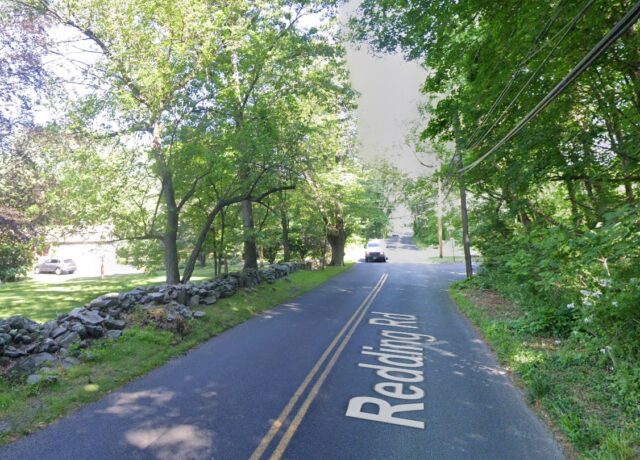
How about caring at all about the safety, comfort, and convenience of those outside of the car? So far this year, drivers have killed 27 pedestrians and cyclists on Connecticut’s roadways.
There are few things so gross as the way that some people, following a preventable pedestrian fatality, will materialize with their foolish ideas about how the presence of a sidewalk where one does not exist would have made no difference. Here, I’m talking about Fairfield’s second pedestrian death of 2023 and its second in three years on Redding Road, where there are no sidewalks on either side. The preventable fatality on that roadway on July 4, 2020 happened when a former volunteer firefighter, intoxicated, ran down Marileidy Morel Araujo as she walked her dog in the road because there were no sidewalks. He was driving his oversized pickup truck fast. He then left the scene of the crime. Almost three years later on the same road, a driver who has not been publicly identified ran down Meghan Raveis as she walked in the road because there are no sidewalks. I won’t publicize the rumors that I have heard about what the driver was doing when that person hit Meghan — but will update the map should any of these come out publicly later — but what is known is that the motorist was on the wrong side of the road. While we do not know for a fact that a sidewalk would have saved either, what we know from commonsense is that usually if someone hits a sidewalk, they correct themselves. There were no sidewalks on the stretch of Route 1 where Gary Piver was killed earlier this year while riding his bicycle. We know that separating open air humans from those wearing cars does wonders for the safety of those walking, cycling, scootering, and using mobility devices.
What else we know about Megan Raveis’ preventable death on June 23, 2023 is that this happened just before 3 PM on a clear day. You can’t blame shorter, darker days.
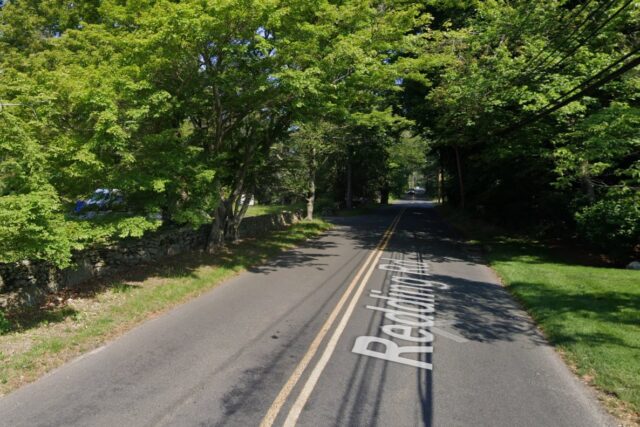
In fact, none of the fatal pedestrian/cyclist collisions from June 2023 (as of publication*) occurred during darkness.
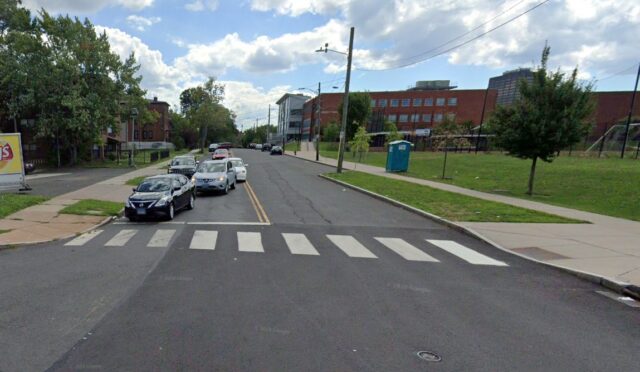
On June 16, around 11 AM, the driver of a black Infiniti struck and killed Jose Concepcion, 49 of New Britain, near 110 Edwards Street in Hartford. This location is near the corner of Route 44, where a motorist killed a pedestrian in 2015. In 2018, a driver hit and injured a pedestrian at this intersection, and also drove off without taking responsibility. This is near people’s homes, but also directly across the street from a sportsfield next to a school. This is less than half a mile from police headquarters. It’s also right near a gas station. No other details have been released about how someone might have made contact with a person who was using the street.
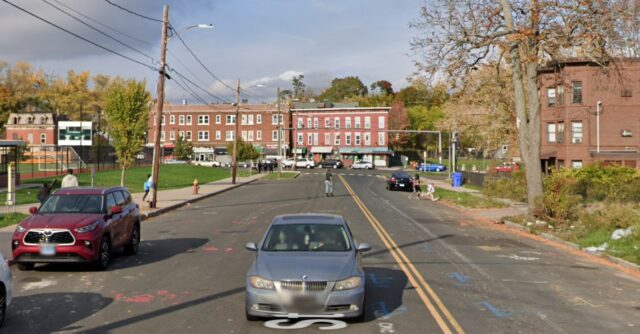
At the beginning of the month, on June 2 just after 9 AM a driver struck and killed cyclist Shawn Kiefer; both the motorist and the victim were reportedly traveling south. The Connecticut Crash Data Repository describes the driver as having “ran off roadway right.” Most of the area nearby is a no passing zone. The speed limit appears to be 45 MPH. There is a separated bike path nearby, but one needs to use the street in order to access it.
Connecticut has room for improvement, and anyone who isn’t lying to themselves knows this. Unfortunately, not enough municipalities have leadership truly invested in making something as basic as mobility safe and user-friendly for its taxpaying residents . . . but some are, and that shines a light on those failing to take the bold steps needed to modernize their streets.
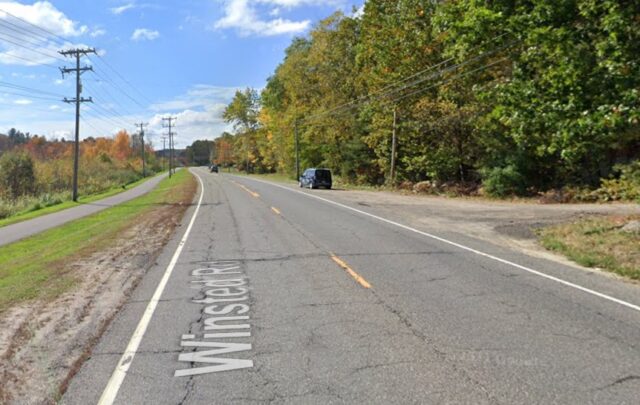
*Always the disclaimer: some pedestrians and cyclists who are hit by drivers die weeks or months later from their injuries. The news does not always report on this. I use the information available to me and update the map as needed.
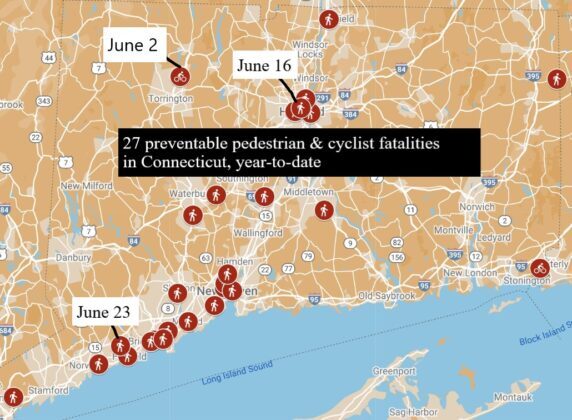
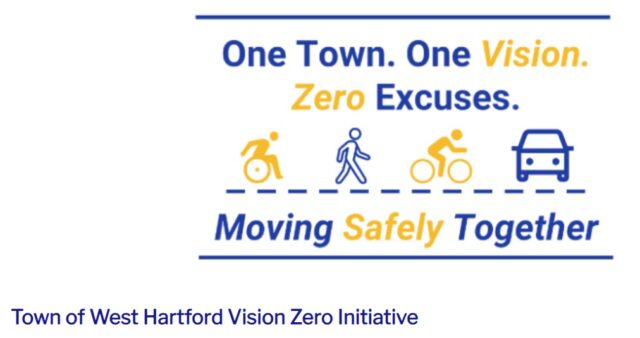
Jim
The thing that has been bugging me is the silence from leadership when angry people are using half-truths or blatant non-truths to support their demands.
– no, the pedestrian and bike commission is not plotting against street parking. The plans came from the town engineers, and before you blame them, take a look at Federal Highway Administration standards, which they try their best to follow while also trying to accommodate local demands. A local road that everyone walks along that has a 35mph posted limit should have protected bike lanes, but that would remove parking on BOTH sides of the street.
– removal of street parking for homes that already have off-street parking does not reduce property values. On-street parking can reduce curb appeal as well as increase vehicle insurance rates in the area since many car break-ins and crashes involving parked cars happen to cars specifically parked on the street.
– crashes won’t increase with the existence of bike lanes. The planned bike lanes were not narrowing the distance between driveways and the travel lane for cars. The planned bike lanes were not going to ‘bring traffic closer to peoples’ homes’
– yes, some streets are unsafe to cross, and accidents are more likely for some more vulnerable groups (elderly, disabled, youths) than others. I agree with that. Why would anyone force their grandma or significant person with disabilities to park on the opposite side of the street and have to cross to get to their home when they or able-bodied people in their household could clear a spot in their own driveway?
– these are parking spots that are hardly used today. I can’t imagine there being a large number of ‘neighborly arguments’ resulting from loss of and fighting for these spots.
It’d be nice if someone in leadership took a stab at mitigating the misinformation on this. I took my son home on Trout Brook today- the section between the south end trail and Park Street is due to be designed and built in 2024. There are houses on both sides of a large section of that with street parking. If no one claims ownership of road safety in town, this project also will go nowhere.
Kerri Ana Provost
Thanks for your comment, Jim.
There’s so much ignorance out there, and while I don’t expect that average person to be up on every code, law, and recommendation out there, leadership absolutely should be. They should, as you said, be explaining to the masses that they need to “take a look at Federal Highway Administration standards.” They need to tell property owners and investors to take a look at zoning code before making a purchase, which is what needed to happen in Hartford regarding people whining about an alleged lack of parking. They need to be told to look at things like towns/cities’ plans of conservation and development to get an idea about what direction the community intends to move in. And often, that direction is one that abandons stale ass beliefs that have gotten all of us nowhere good.
Safe Streets Connecticut: July 2023 – Real Hartford
[…] June, there was another high profile pedestrian death in Connecticut under similar circumstances: a driver struck the pedestrian and a mailbox on a road […]